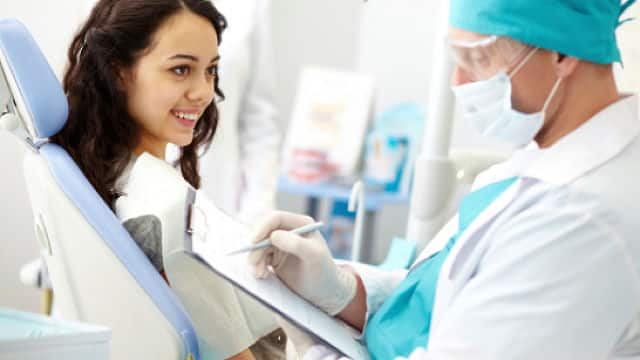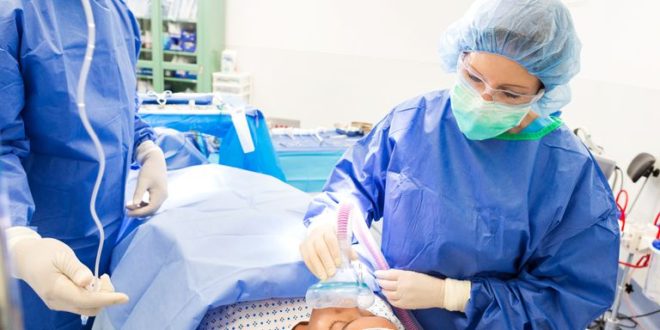
If you would like to, you are welcome to stay with your child to support them while they are given the anaesthetic. Mobile phones or tablets can be particularly useful to distract children with games or favourite films.

Your child will be able to take a toy or comforter. If the cream cannot be used, a cold spray can be used instead.Ī nurse from the ward will accompany you and your child to the anaesthetic room. The cream works well in nine out of ten children.
#Side effect anesthesia skin#
This is a local anaesthetic cream (usually either ‘Ametop’ or ‘EMLA’) which numbs the skin to minimise any pain when a cannula is placed in your child’s hand or arm (a cannula is a thin plastic tube that allows us to give medicines into a vein). Many children will have ‘magic cream’ put on the back of their hands and covered with a clear dressing. Knowing about this in advance will help us to plan together to make your child’s experience as good as possible. if either you or your child is very anxious about their procedure, or if they have been very upset about an anaesthetic in the past - if your child has ever refused or spat out a sedative pre-med - or if your child has had restraint for a procedure in the past. Please ask APOA or your anaesthetist if you think this would help your child, or if any of the following apply:

These are not always given as they can make children drowsy after the operation, but can be helpful if a child is particularly anxious. The anaesthetist may also discuss giving sedative medicine to help your child relax. These can include pain-relief medicines or extra treatment for conditions such as asthma (please bring inhalers if your child has them). These are medicines that are given before an anaesthetic. If your child or other members of your family have had any previous difficulties with an anaesthetic, it is really important to tell the anaesthetist, and to bring any information about this that your family has. You may find it helpful to make a list of questions in advance that you want to ask. This is a good time to talk about any particular worries you or your child may have about the anaesthetic.

The anaesthetist will ask you about your child’s health and previous experiences of anaesthesia. This will happen even if you have already been seen in the Anaesthetic Pre-Operative Assessment clinic (APOA). For more information, please see the Royal College of Paediatrics and Child Health website.Īn anaesthetist will visit you before the procedure to discuss your child’s anaesthetic. Please ask your daughter (if she is 12 or older) not to have a wee on arrival at the hospital without talking to the nursing staff first. It is standard practice to do a pregnancy test for any girl aged 12 years old or more by collecting a urine sample. A nurse will check their temperature, pulse and breathing rate, and measure their oxygen levels and blood pressure. When you arrive at the hospital, your child will be weighed and measured. Your child should take their usual medicines on the day of surgery, unless you have had instructions not to do this. If there is food or liquid in your child’s stomach during the anaesthetic, it could come up into the back of the throat and go down into their lungs.

It is important for you and your child to follow these. We will give you clear instructions about when to stop your child from eating and drinking. Transition to adolescent and adult services


 0 kommentar(er)
0 kommentar(er)
